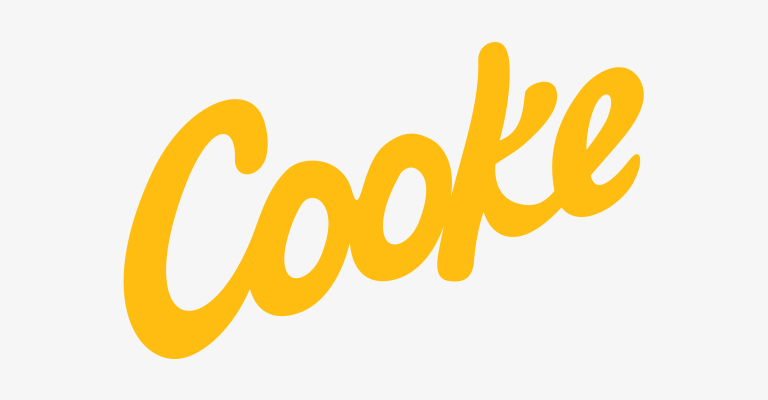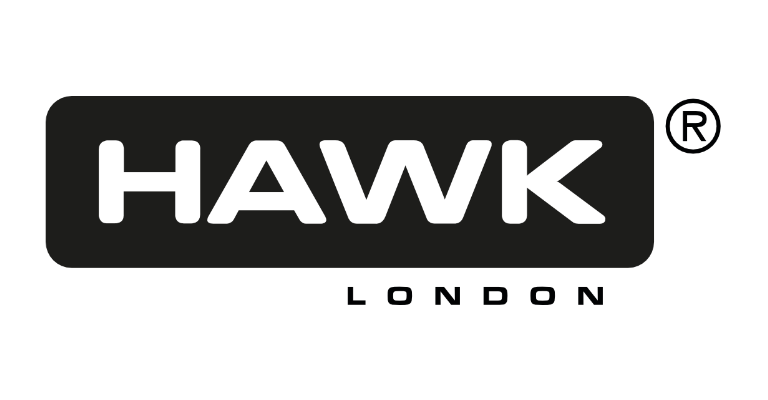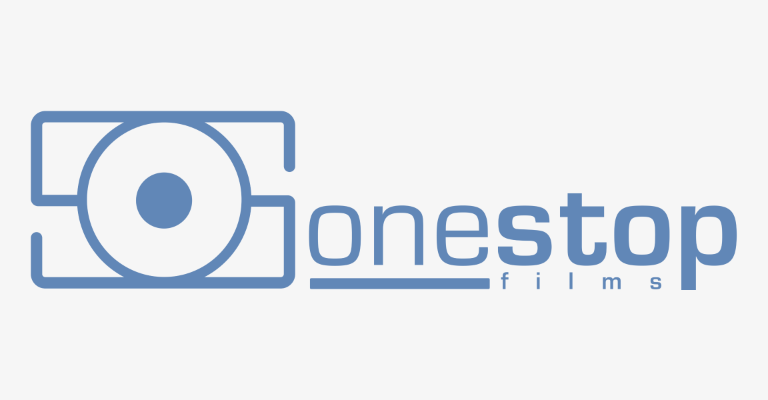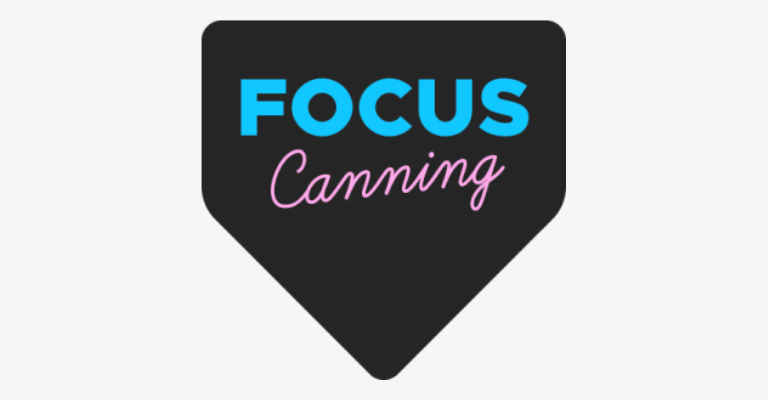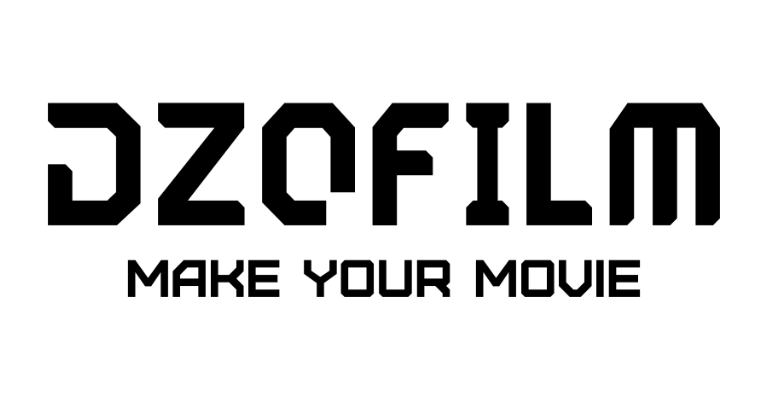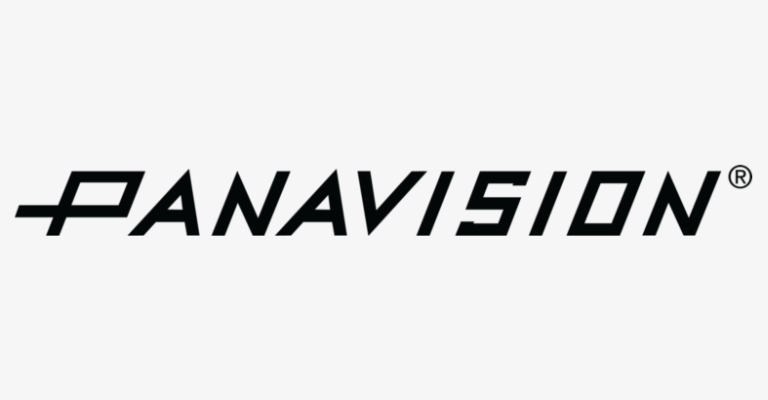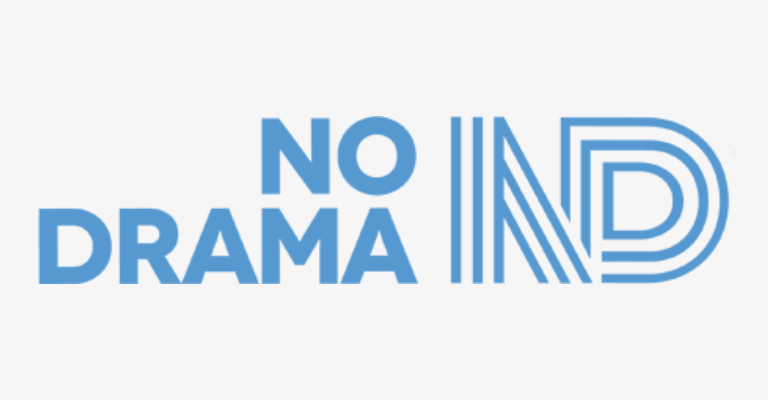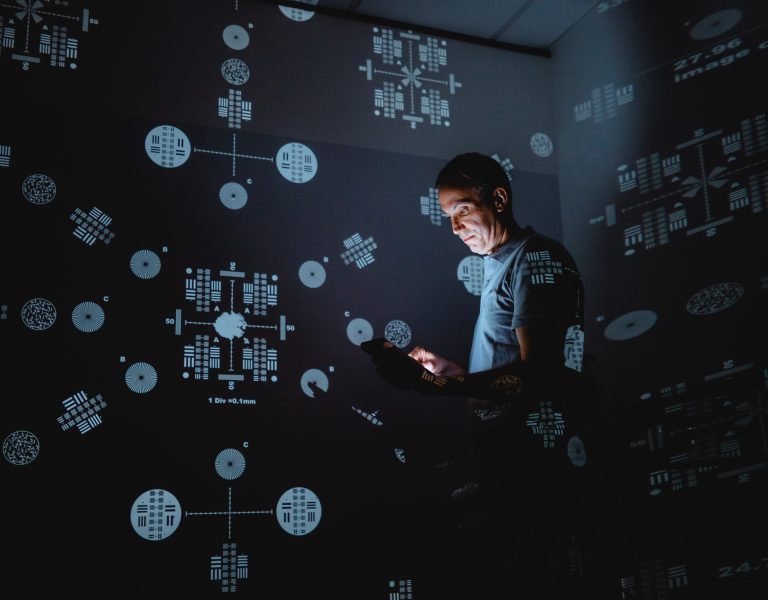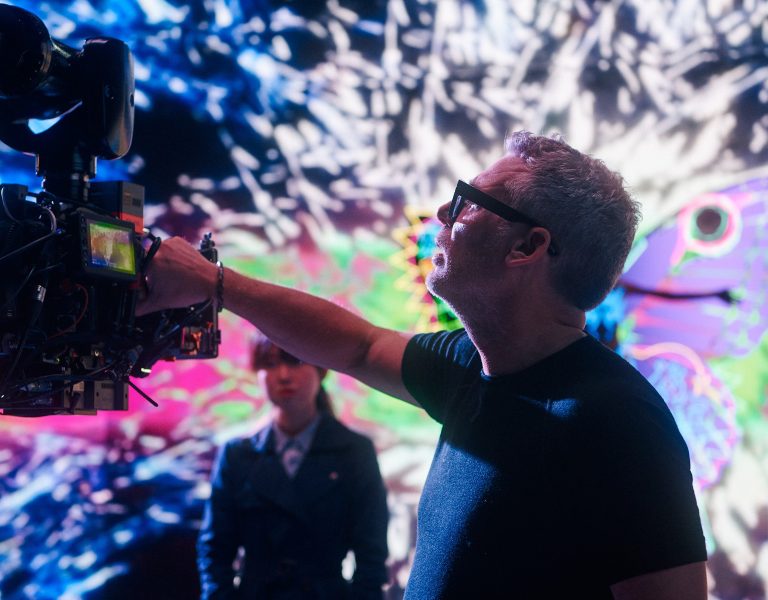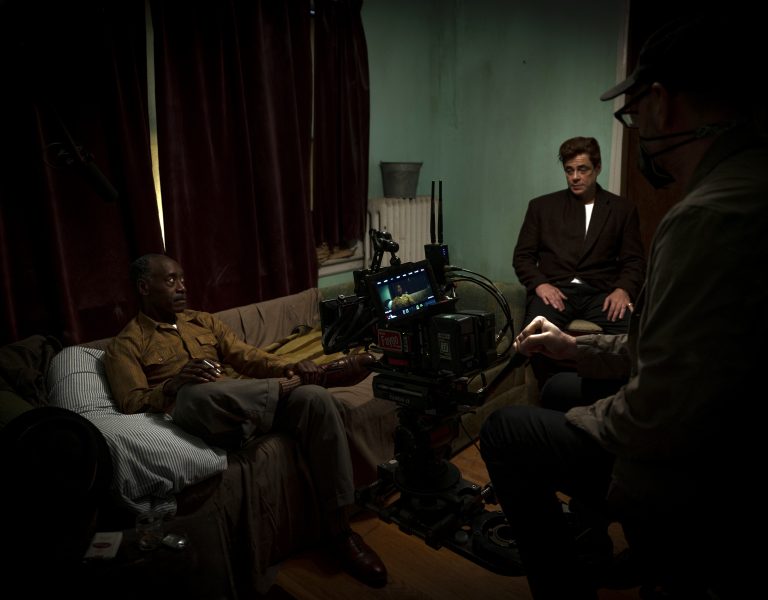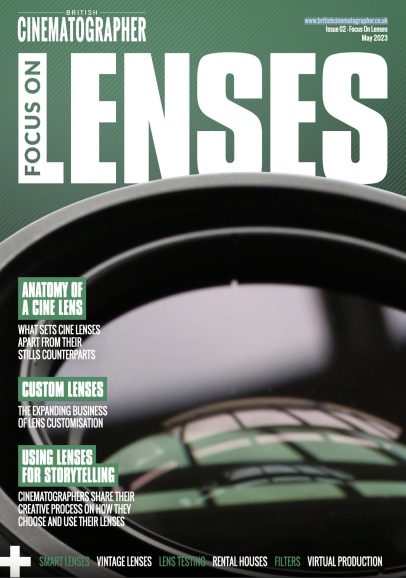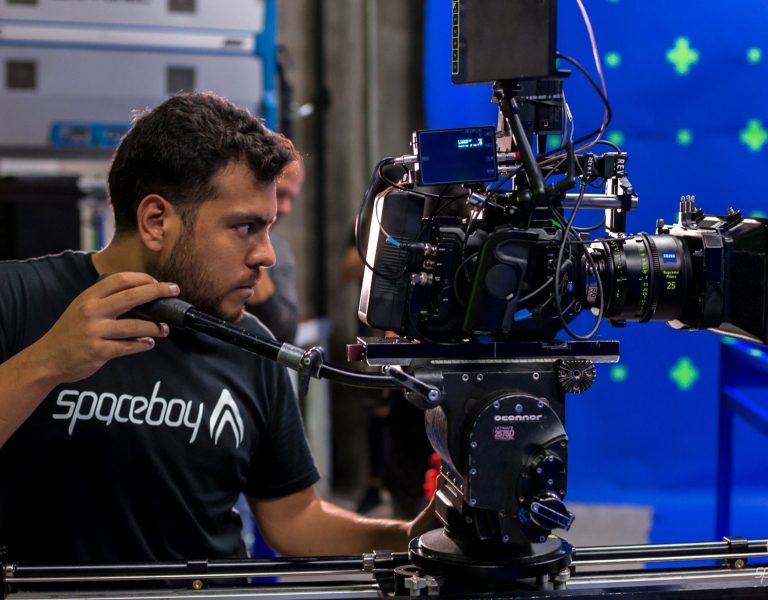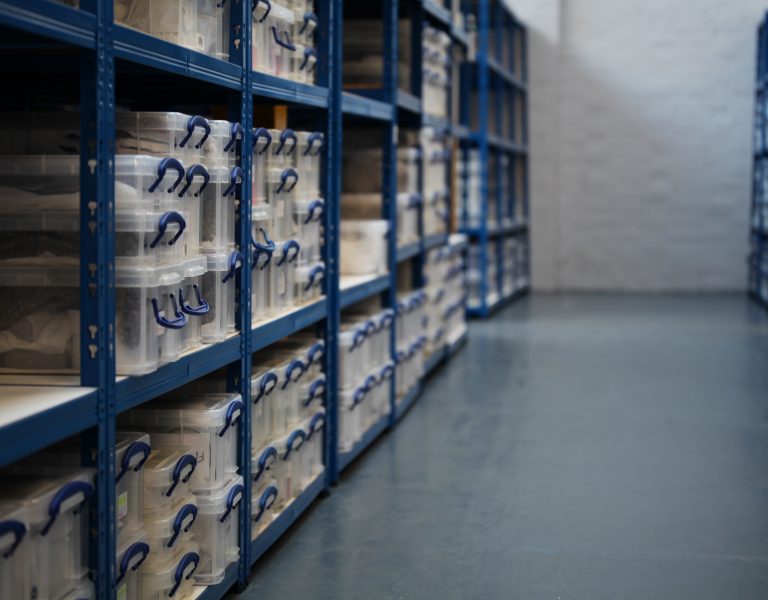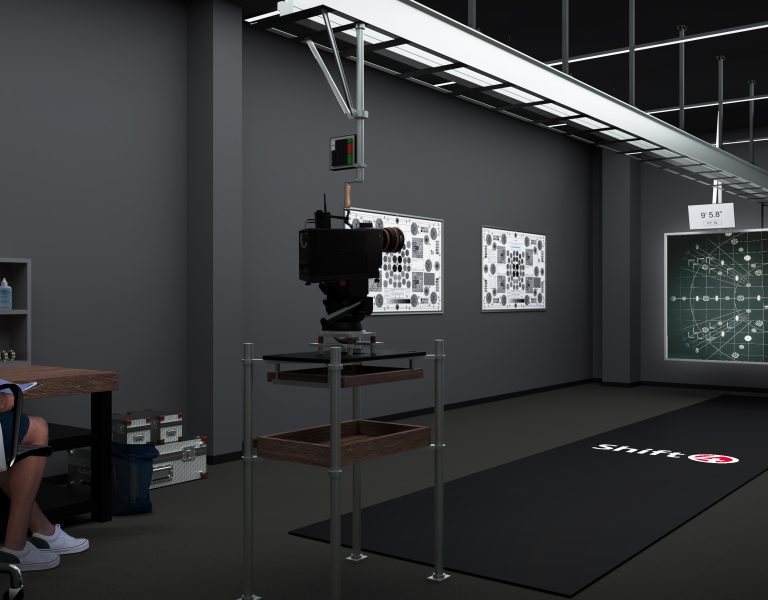Effective testing can give cinematographers unrivalled insight into lens performance and make their production the best it can be.
There’s no easier way to while away an evening among camera crew than to drop an opinion about lenses into the conversation. Choosing lenses which might affect the success of a whole production, meanwhile, demands more rigour than a chat across a magliner can provide.
It’s a situation Ashley Barron ACS has recently handled on productions including Dangerous Liaisons, for Starz and Lionsgate, and the second season of ITV’s The Tower. As an enthusiast of the world’s more esoteric lens options, Barron has often used testing as an opportunity not only to evaluate her tools, but also to introduce the results to directors and producers.
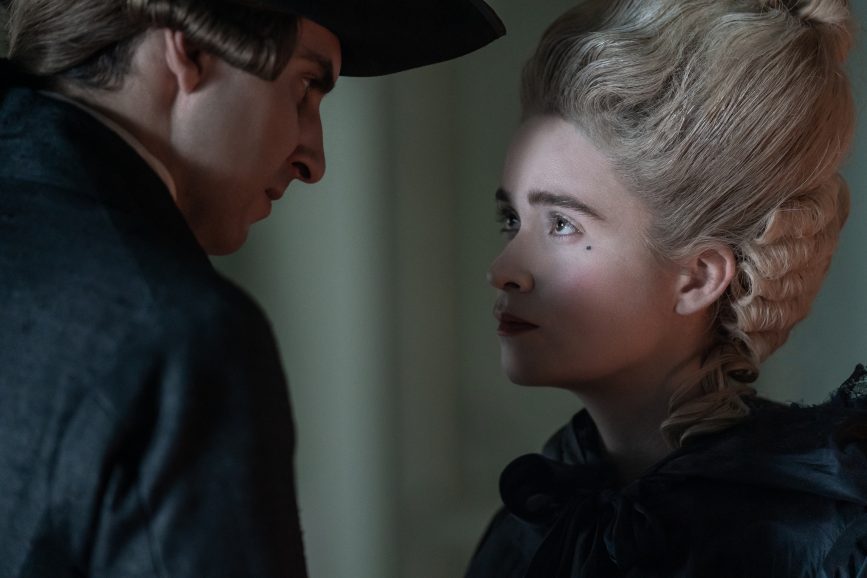
“You get hired for the sensibilities you display in your work,” Barron begins. “I tend to always look for lenses which have some sort of character, and roundness.”
Presenting the results of those tests is, Barron goes on, best done with a light touch. “I avoid leading with anything that distracts from the overall approach, such as lenses for specific scenes or effects,” she says. “That avoids people being scared you’re going to do something crazy across the board.
So, if there’s anything where we’ll shoot into a certain characteristic of a lens, or is it a very flary lens? It’s peppered throughout and explained.
“I’m inspired by films like Biutiful, photographed by Rodrigo Prieto [ASC AMC]. It was one of the first I’d seen that successfully combined different shooting formats (spherical and anamorphic) to reflect the emotional progression of the story. Utilising optics to heighten and underline the emotion of the story, we could go even further by using different lenses within one scene. If your motivation is script led, and backed by the director, usually they’ll see that you have the integrity of the story at heart rather than just playing for the sake of it.”
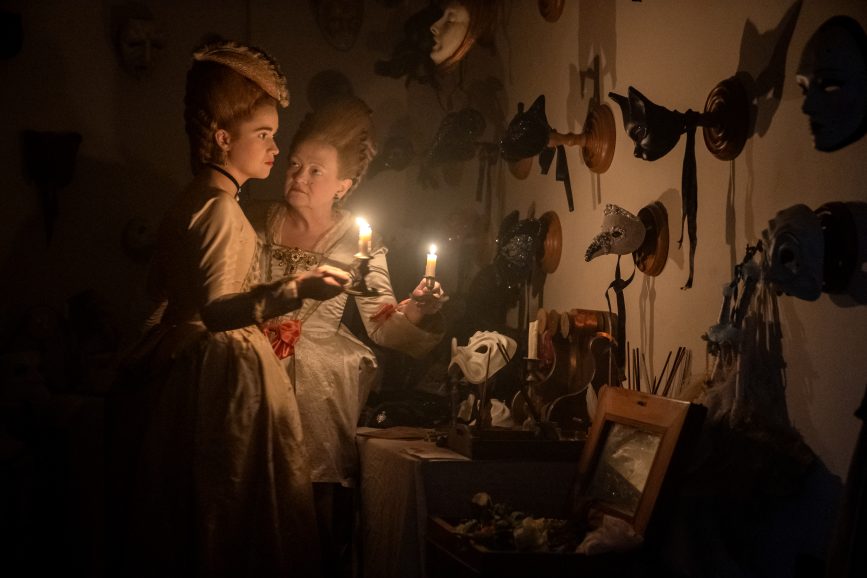
TAILOR-MADE TESTING
The specifics change with the production, so Barron’s process always involves tests that are closely representative of the project. What matters, Barron notes, is that “Nothing is theoretical. I try to recreate the lighting environment, work
closely with Production Design, Costume, Hair & Make Up to trial all the ideas and approaches. I play close attention to how the lens resolves faces and skin tones, how the make-up reacts under all of the conditions – because that’s what you’ll be looking at, the performance (what sculptors call the ‘truth of the material’). The ensuing conversations represent every department – how the make-up and costumes render, what fabrics are being considered, what dark might mean for us. You explain that it comes from the dynamics of the story. This is what we’re supposed to capture.”
Testing in less than ideal circumstances might also highlight the extremes of a lens’s performance, often revealing things that Barron has been pleased to know. “If you’re testing with just a dark background, a keylight and someone sitting on a chair, it’s too controlled. I want to see how the lens reacts to the world and its unpredictability, its highlights. On my recent shows we had scenes shot over one day in a forest, in rooms surrounded by windows, in city streets, cars driving, much shot in 360). How do the optics react to that with glare and flare, how does the bright world show that fall-off of a lens? I will want to be able to leave the test bay and take it outside, or setup in a space with large windows, to have that contrast in light, tones, and between interior and exterior. At Panavision, I test in their loading bay. I test different focal lengths at a couple of T-stops, at different distances, see how you can pull focus. Some lenses have a slow focus, some a fast rack. What does the flare look like? Certain lenses have a very particular coloured flare. How does the fall off appear?”
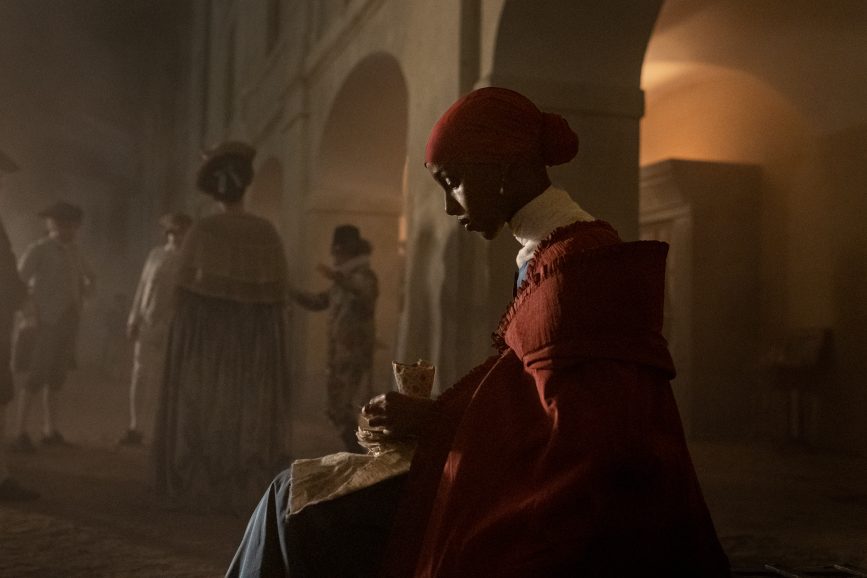
VINTAGE VANTAGE
One factor in vintage lenses is that decades-old designs were often not built in the expectation that they would be constantly used close to wide open. Understandably, that consideration has become part of Barron’s testing process:
“I’m a big fan of using depth of field to create separation. I tend to shoot wider focal lengths closer to the talent, so shooting at deeper stops doesn’t tend to provide me with that separation between subject and background. I’m also a big fan of the characteristics that come out in lenses when playing on the lower T-stops, and the fall-off. I enjoy playing with fall-off on wide shots. So, when is the lens going to fall apart?”
That situation arose on the first season of Dangerous Liaisons, on which Barron had ”inherited the kit, which was Canon K35. There was something about that specific set – when they were wide open, in the very strong highlights, the edge of candles, was a magenta outline. It had to be removed in the online. Having seen it in the dailies I decided to test it – and there it was. I thus chose to avoid shooting wide open in those particular circumstances. The idea of testing is that you also get these ‘gotchas’ out of the way.”
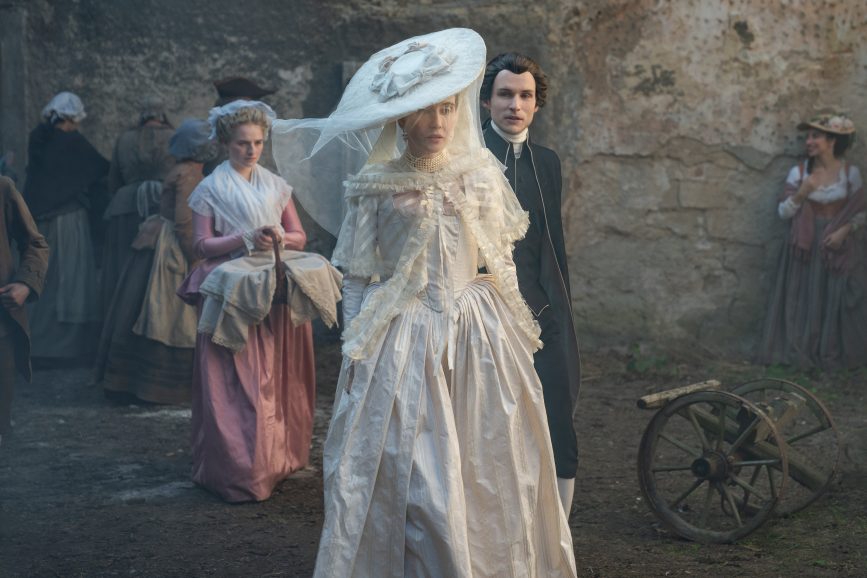
MAKING THE GRADE
With grading now so powerful, the contribution of the lens to the way an image looks will necessarily integrate with post-production choices, too – and there’s an increasing amount of overlap between the two, as Barron points out.
For there’s also a strong imperative to ensure that the camera and post-production teams are co-operating as effectively as possible, which, as Barron points out, demands some technical precision as well as a good eye, and a careful selection of monitoring LUT.
“I look at a large high-end monitor that’s been calibrated with a probe, and I can make my judgment based on that. The smaller the display, the more the perceived contrast – which can be misleading. I’ve had experiences looking at a small display with a high-contrast Rec. 709 LUT, wide open on a lens, and I put a filter in front of it. It looked perfect, but when I saw the dailies of the test on a larger display – it came as a vaseline shock.
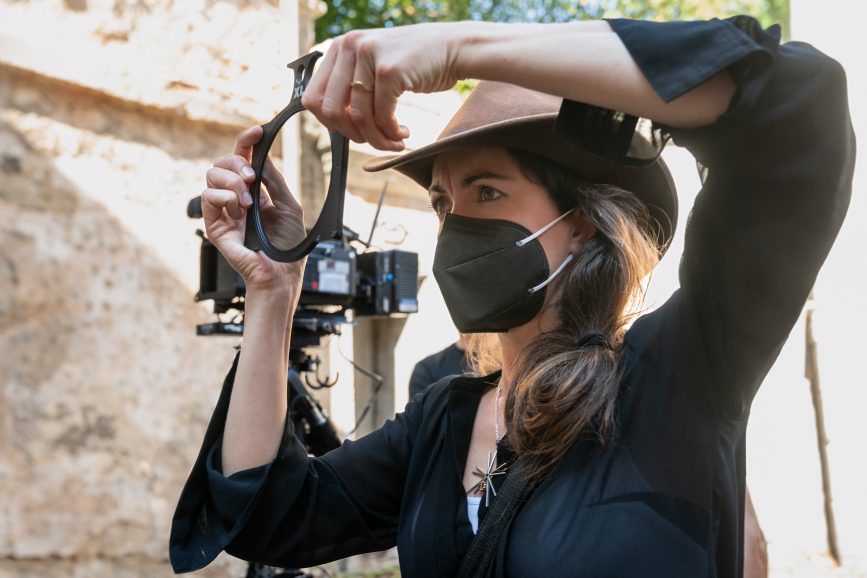
“You also need to be mindful that you’re not just relying on the monitor. We’ve all been bitten by it. This is where false colour, waveforms and your meter come into play; and a good DIT that has your back. I’m a big fan of false colour and looking at it both in log and 709.”
Barron concludes with a simple truth: that proper testing can open up opportunities to make more people happier with a wider variety of techniques. “It’s an opportunity to have an open conversation – If we don’t like something, that’s when we have the conversation. One has to be very clear when testing and be mindful of anything that you test for yourself – there are horror stories of execs being scared by something that was meant for the DP’s intrigue only. I’ve been fortunate, whether directors were super involved in testing or not, that they were very keen to see the results. I’ve been quite fortunate that we’ve been given a lot of freedom.”
–
Words: Phil Rhodes
